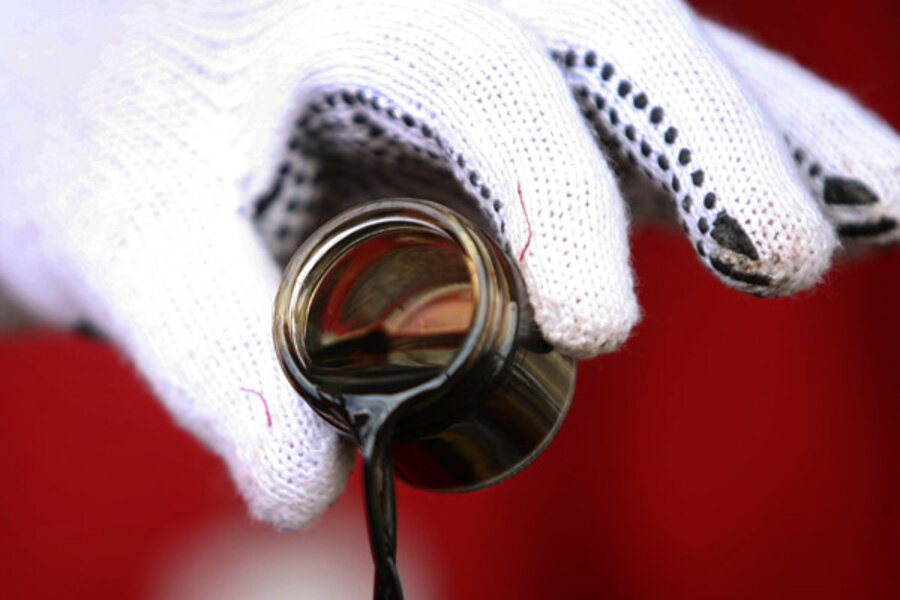The biggest issue for Venezuela is what to do with its immense deposits of tar sands (also known as oil sands). If one counts the technically recoverable oil estimated to lie in a 375-mile stretch of land along the Orinoco River, then Venezuela has bigger oil reserves than anybody, including Saudi Arabia – some 296.5 billion barrels of oil, by one estimate. The big question: Is it economically feasible to produce that oil? The process is energy intensive, costly, and environmentally questionable. Environmentalists have attacked Canada for producing oil from its tar sands – and have mounted a highly visible campaign to stop a planned pipeline that would carry its oil product to US refiners in the Gulf of Mexico. Venezuela's effort could turn out to be even bigger.
Venezuela needs to do something. Under Mr. Chávez, its economy became even more reliant on the oil industry even as production fell. In the mid-1990s, Venezuelan production peaked at around 3.5 million barrels of oil a day. Today, it's closer to 2.5 million barrels a day.
In the 1990s, Venezuela created four projects to begin to convert its tar sands into a lighter crude, known as syncrude. The facilities have the capacity to produce 600,000 barrels per day, according to the US Energy Information Administration, but they are estimated to be producing less than 500,000 a day. Venezuela could use more investment to develop its tar sands, but that would require outside help.






